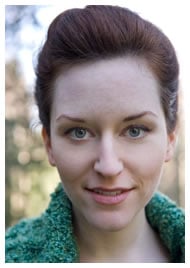A language dies every two weeks. This fact astounds students (and me!). Endangered Languages are interesting to discuss with anyone, but high school students in particular are a great audience because it may be work they are interested in doing in the future.
Early in the course, I show my students
The Linguists documentary film, which features the work of Dr. K. David Harrison and Dr. Greg Anderson as they travel the globe recording languages with very few surviving speakers.
Some of my students and I were fortunate to be invited to a Linguistics Symposium on the topic of Endangered Languages at the University of Wisconsin--Milwaukee in October of 2011. We had the chance to meet Dr. Harrison and listen to his lecture about his research.
 |
| Some student linguists, me, and Dr. K. David Harrison |
|
|
|
|
|

You can read more about Dr. Harrison's work through the
National Geographic website:
http://travel.nationalgeographic.com/travel/enduring-voices/
While we were at the Symposium, we were also able to meet Dr. Daniel Everett, a linguist who has spent his professional life studying the Piraha language spoken in the Amazon River basin. Some of the students and I had read his book
Don't Speak, There Are Snakes, and we were quite excited to meet with Dr. Everett himself.
What I got most out of attending the conference is that my students were recognized as real scholars and everyone in the room was happy to see young people interested in studying language. They were even introduced during the opening of the symposium as "the youngest linguists in the room."










































